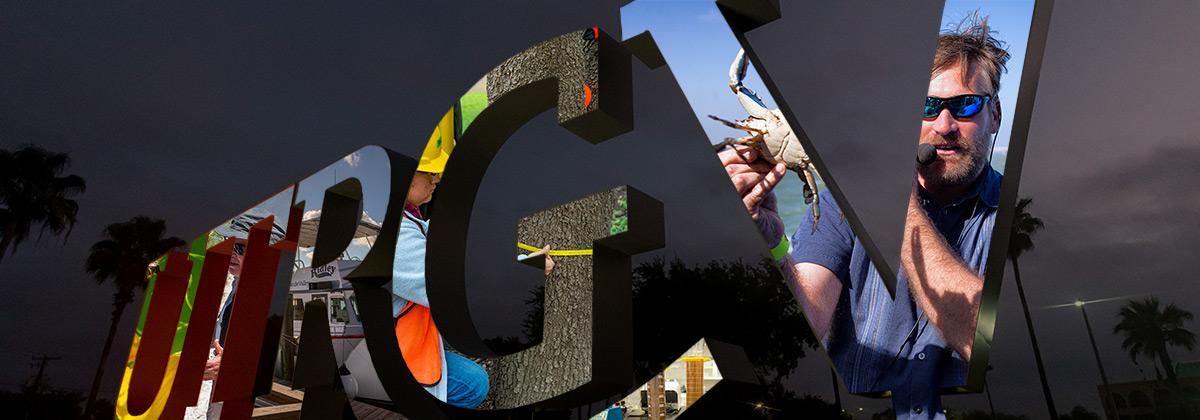
School of Earth, Environmental, and Marine Sciences Faculty Publications and Presentations
Document Type
Article
Publication Date
7-1-2015
Abstract
Recent observations across a 14‐year restoration chronosequence have shown an unexpected accumulation of soil organic carbon in strip‐mined areas of central Brazil. This was attributed to the rapid plant colonization that followed the incorporation of biosolids into exposed regoliths, but the specific mechanisms involved in the stabilization of carbon inputs from the vegetation remained unclear. Using isotopic and elemental analyses, we tested the hypothesis that plant‐derived carbon accumulation was triggered by the formation of iron‐coordinated complexes, stabilized into physically protected (occluded) soil fractions. Confirming this hypothesis, we identified a fast formation of microaggregates shortly after the application of iron‐rich biosolids, which was characterized by a strong association between pyrophosphate‐extractable iron and plant‐derived organic matter. The formation of microaggregates preceded the development of macroaggregates, which drastically increased soil carbon content (~140 Mg C/ha) a few years after restoration. Consistent with previous theoretical work, iron‐coordinated organic complexes served as nuclei for aggregate formation, reflecting the synergistic effect of biological, chemical, and physical mechanisms of carbon stabilization in developing soils. Nevertheless, iron was not the only factor affecting soil carbon content. The highest carbon accumulation was observed during the period of highest plant diversity (>30 species; years 3–6), declining significantly with the exclusion of native species by invasive grasses (years 9–14). Furthermore, the increasing dominance of invasive grasses was associated with a steady decline in the concentration of soil nitrogen and phosphorus per unit of accumulated carbon. These results demonstrate the importance of interdependent ecological and biogeochemical processes, and the role of soil–plant interactions in determining the success of restoration efforts. In contrast with previous but unsuccessful attempts to restore mined areas through nutrient application alone, iron‐mediated stabilization of vegetation inputs favored the regeneration of a barren stable state that had persisted for over five decades since disturbance. The effectiveness of coupled organic matter and iron “fertilization,” combined with management of invasive species, has the possibility to enhance terrestrial carbon sequestration and accelerate the restoration of degraded lands, while addressing important challenges associated with urban waste disposal.
Recommended Citation
Silva, Lucas C. R., Timothy A. Doane, Rodrigo S. Corrêa, Vinicius Valverde, Engil I. P. Pereira, and William R. Horwath. 2015. “Iron-Mediated Stabilization of Soil Carbon Amplifies the Benefits of Ecological Restoration in Degraded Lands.” Ecological Applications 25 (5): 1226–34. https://doi.org/10.1890/14-2151.1.
First Page
1226
Last Page
1234
Publication Title
Ecological Applications
DOI
10.1890/14-2151.1


Comments
© 2015, Ecological Society of America. Original published version available at https://doi.org/10.1890/14-2151.1.